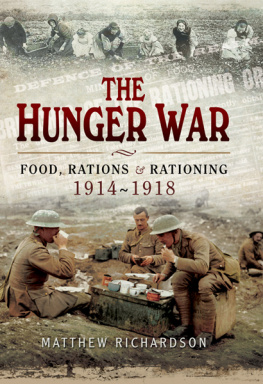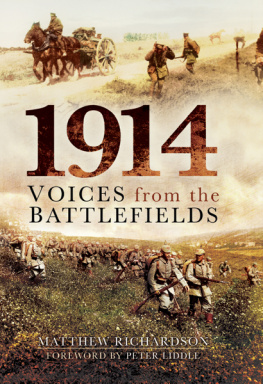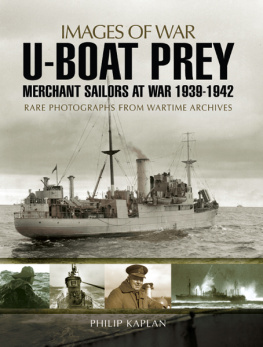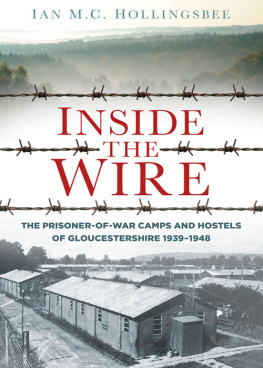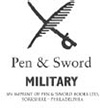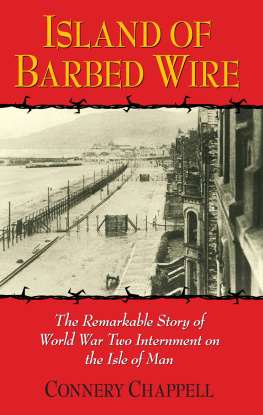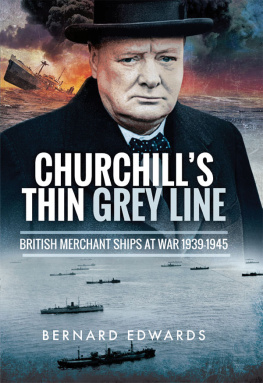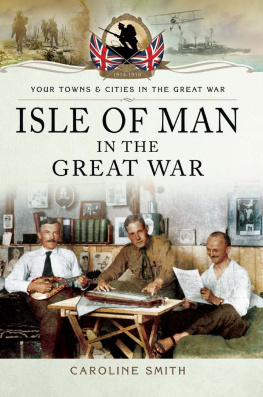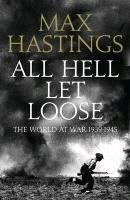ISLE OF MAN AT WAR 193945
ISLE OF MAN AT WAR 193945
Matthew Richardson
First published in Great Britain in 2018 by
PEN & SWORD MILITARY
An imprint of
Pen & Sword Books Ltd
Yorkshire Philadelphia
Copyright Matthew Richardson, 2018
ISBN 978 1 52672 073 3
eISBN 978 1 52672 074 0
Mobi ISBN 978 1 52672 075 7
The right of Matthew Richardson to be identified as Author of this work has been asserted by him in accordance with the Copyright, Designs and Patents Act 1988.
A CIP catalogue record for this book is available from the British Library.
All rights reserved. No part of this book may be reproduced or transmitted in any form or by any means, electronic or mechanical including photocopying, recording or by any information storage and retrieval system, without permission from the Publisher in writing.
Pen & Sword Books Limited incorporates the imprints of Atlas, Archaeology, Aviation, Discovery, Family History, Fiction, History, Maritime, Military, Military Classics, Politics, Select, Transport, True Crime, Air World, Frontline Publishing, Leo Cooper, Remember When, Seaforth Publishing, The Praetorian Press, Wharncliffe Local History, Wharncliffe Transport, Wharncliffe True Crime and White Owl.
For a complete list of Pen & Sword titles please contact
PEN & SWORD BOOKS LIMITED
47 Church Street, Barnsley, South Yorkshire, S70 2AS, England
E-mail:
Website: www.pen-and-sword.co.uk
Or
PEN AND SWORD BOOKS
1950 Lawrence Rd, Havertown, PA 19083, USA
E-mail:
Website: www.penandswordbooks.com
Acknowledgements
There are many people for whose help with the preparation of this book I remain deeply indebted. In particular I must thank those who lived through the Second World War and who helped me directly with my research. Bob Quayle provided me with vivid insights into his experiences in the army and afterwards. Gordon Cowley was equally helpful regarding his experiences in the Royal Marines. Frank Cowin and Terry Cringle assisted me with aspects relating to the home front. Hector Duff gave me access to his marvellous collection of personal photographs and allowed me to transcribe his memories of active service. It is a point that I have made before in other books which I have written, but it bears repetition: I remain deeply aware of the debt that my generation owes to theirs.
I must also thank those who provided family papers or photographs and who allowed me to use material relating to their forebears, in no particular order: John Hall, Alistair Ramsay, Sarah Clucas, Dawn Beck, Junemary Moyle, Bernard Scarffe, John Caley, Lynda Cannell, the Quirk family, the staff of Kirk Michael Fire Station, Cathy Clucas, and of course Jack and Helen Cain who allowed me to use material relating to Helens father Dusty Miller.
Likewise Barry Bridson, who has helped me in my work for many years, deserves special mention. Perhaps unusually for a collector of militaria, he is acutely aware of the historical significance of this material for the Isle of Man. My perennial friend Andy Wint also deserves credit for his help. Stephen Fogden assisted me with research and photographs, as did Ivor Ramsden of the Manx Aviation and Preservation Society (MAPS). Dr Sue Nicol assisted me with research on Norwegians on the Isle of Man, and colleagues Alan Franklin and Yvonne Cresswell provided advice on internment aspects.
Matthew Richardson
Douglas
Isle of Man, 2017
Introduction
The book you are about to read is one that I had wanted to write for a number of years but which, if I am completely honest, I had balked at tackling. The subject seemed so enormous that I felt it would be almost impossible to do justice to it. It was only when an opportunity arose through Pen & Sword Books that finally I decided that it was time to act and put those doubts to one side. Accordingly I would like to thank Roni Wilkinson, design manager at Pen & Sword, for his ongoing faith in my abilities and for presenting me with this challenge.
During the many years that I have lived on the Isle of Man I have met numbers of people who served here during the war, or who were born on the island and lived through the 193945 period. Each has offered me a slightly different facet of the story, so that over the course of time I was able mentally to put together an image of what was happening to the island and its people during those momentous years. Some of those people are mentioned in the acknowledgements section of the book but many more are not; this is because these were in many cases only fleeting acquaintances or chance encounters, but they all added a vital element.
Indeed, all helped with the process of forming the outline of the book in my mind. Many of those facets will be described as the story unfolds, from the Steam Packet crews at Dunkirk to the Manx Regiment going off to war in North Africa, the farmer toiling under wartime regulations, the interned German, and the airman (or woman) stationed at one of the islands airfields. It is also important to remember that so much of what took place here was highly secret so that details of it have only emerged in recent decades, but it is fair to say that the Isle of Man bristled with weaponry during those six years. The best term I heard anyone who was here use to describe it was that the Island was an armed camp. So much of this activity was directed towards training and preparing people for confrontation with the enemy, or was vital behind-the-scenes work which nevertheless contributed to victory.
Wherever possible I have tried to allow the people who were there at the time to tell this story in their own words, and have acted merely as the facilitator enabling them to do this. I hope that I have gone some way in this book towards conveying that sense of bustle and activity which characterizes the war years on the Isle of Man.
CHAPTER ONE
1939: Who Will Win?
While the outbreak of war in 1914 had taken many people by surprise, there was almost a sense of inevitability about the conflict that broke out twenty-five years later. The warning signs had been apparent to anyone who cared to look, and certainly from the time of the Munich Crisis Hitlers ambition and lust for expansion were obvious. Early in 1939 the Lieutenant Governor Lord Granville had issued a booklet asking the people of the Isle of Man to register for voluntary service in whatever capacity they could. In addition to the Territorial Army, volunteers were needed for the Loyal Manx Association (which supported the police as special constables), and Auxiliary Fire Service, as well as assisting at Nobles hospital or on the land to increase agricultural output. However, it was perceived to the dismay of many that the outlook of Tynwald was still one of it wont happen here.
In June of that year, the shape of things to come was made glaringly apparent to the people of the island during the famous TT motorcycle races. It was without doubt the most politicized meeting ever to have taken place in the history of the event, and the swastika flying among the other national flags above the grandstand was an ominous portent. The Germans had fielded a national team that year, with the express intention of securing a propaganda victory for Hitler and the Nazis. Such was the media profile of the TT at this time that it would rank alongside the 1936 Berlin Olympics and the world heavyweight boxing title in terms of sporting coups achieved by Germany in these years. German army dispatch rider Georg Meier stormed to victory aboard a supercharged BMW in the Senior race, a task made all the easier because British rivals Norton were by now so heavily engaged in war work that they did not field a team and handed their machines to privateers. As a reward, Meier was promoted by Hitler to the rank of lieutenant. Earlier in the week, the Italian team of Benelli had taken victory in the Lightweight race, and the news was cabled directly to Mussolini in Rome. Only in the Junior race was British pride maintained, with a win by British firm velocette (albeit with an Irishman, Stanley Woods, in the saddle).


